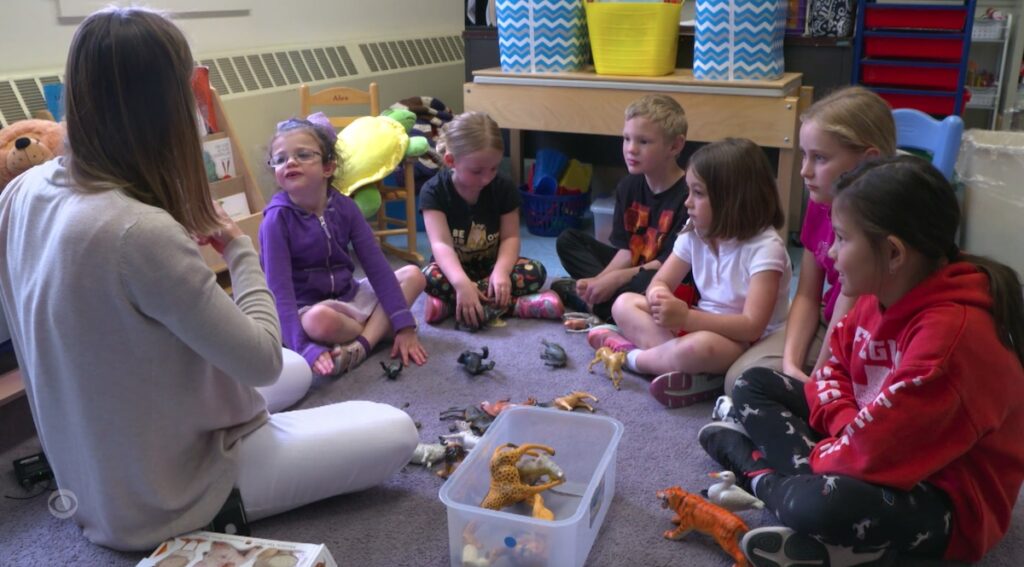
Acceptance is a willingness to embrace diversity, accommodate varying perspectives, and extend respect and compassion toward others.

Create positive relationships and meaningful connections with family members, classmates, and teachers.
Assess and be sensitive to the feelings and needs of others.
Acquire, remember, understand, and apply knowledge.
Fully engaged in the educational process and connected to the school community.

Students will learn about acceptance and the importance of including others from a classroom and school community that embraces the differences of others. They will reflect on how they can do this in their own lives.






K-5
6-12

Educators: Copy the Family Connection and email it to parents, or click here to download a PDF version to email or print.
Watch
Watch the video as a family: https://youtu.be/H2wrC1K1IMg
Discuss
Use these questions to start meaningful conversations about acceptance.
Activity